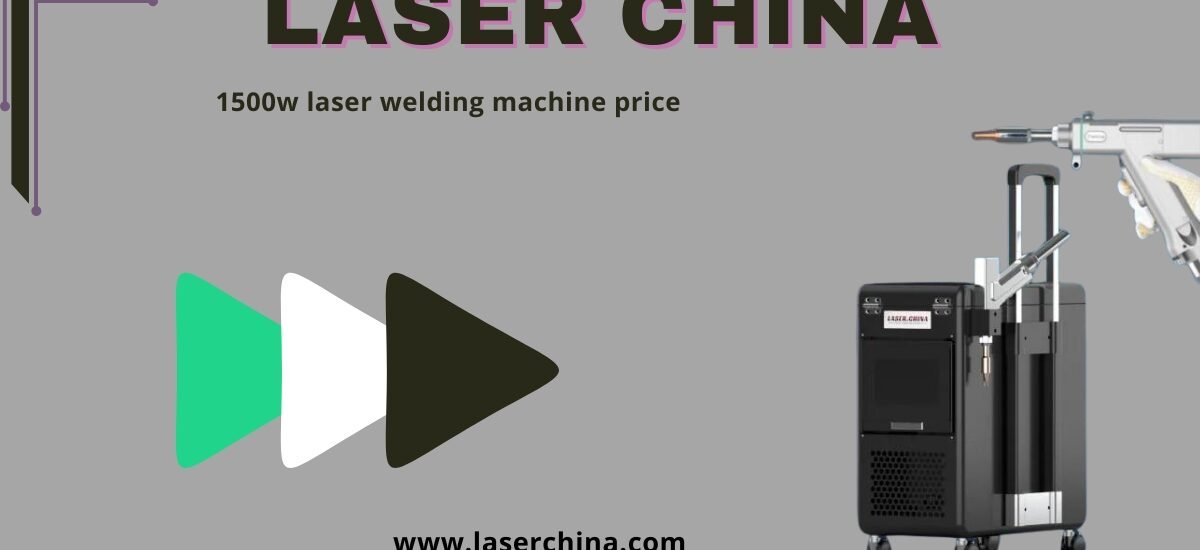A Galvo Scanner (short for Galvanometer Scanner) is a critical component in laser-based systems used for high-speed and precise beam positioning. These scanners are commonly found in laser engraving, medical devices, 3D printing, and laser light shows. But how do they work, and what makes them so effective?
How Does a Galvo Scanner Work?
A Galvo Scanner consists of a galvanometer (galvo) motor, a set of rotating mirrors, and a control system. The system is designed to move a laser beam quickly and accurately along specific paths.
-
Galvanometer Motors
- These motors are electromechanical devices that rotate a shaft in response to electrical signals.
- The position of the shaft is controlled by an input voltage, allowing precise angular displacement.
-
Rotating Mirrors
- Attached to the galvanometer motors, these mirrors redirect the laser beam along the X and Y axes.
- Depending on the system, some Galvo Scanners also include a Z-axis mirror for 3D applications.
-
Control System
- The scanner receives input commands from a computer or a controller.
- These signals determine how the mirrors should move to guide the laser beam accurately.
- Feedback sensors help maintain precision by continuously adjusting the mirror positions.
Key Features and Advantages of Galvo Scanners
-
High-Speed Operation
- Galvo scanners can move the laser beam faster than mechanical stages, making them ideal for applications requiring rapid movement.
-
Precision and Accuracy
- With advanced feedback control, galvo scanners offer sub-micron precision, making them suitable for fine-detail work.
-
Compact and Lightweight
- Unlike CNC or robotic positioning systems, galvo scanners are small and efficient, making them perfect for compact devices.
-
Wide Application Range
- Industrial Use: Used in laser engraving, welding, and marking on various materials.
- Medical Field: Utilized in laser eye surgery, dermatology, and dental procedures.
- 3D Printing: Used in Stereolithography (SLA) 3D printers to cure liquid resin with high precision.
- Entertainment: Found in laser light shows and projection mapping systems.
Challenges and Limitations
Despite their advantages, galvo scanners have some limitations:
- Limited Scanning Area: Since they rely on mirrors, they have a limited field of view compared to gantry-based systems.
- Heat Generation: High-speed operation can cause heating issues, requiring proper cooling.
- Cost: High-quality galvo scanners can be expensive due to their precision engineering.
Conclusion
Galvo scanners are indispensable in modern laser systems, offering a perfect blend of speed, accuracy, and flexibility. Whether in industrial manufacturing, medical applications, or entertainment, these devices play a crucial role in advancing laser technology. As developments continue, we can expect even faster and more precise galvo scanners to enhance various industries further.






